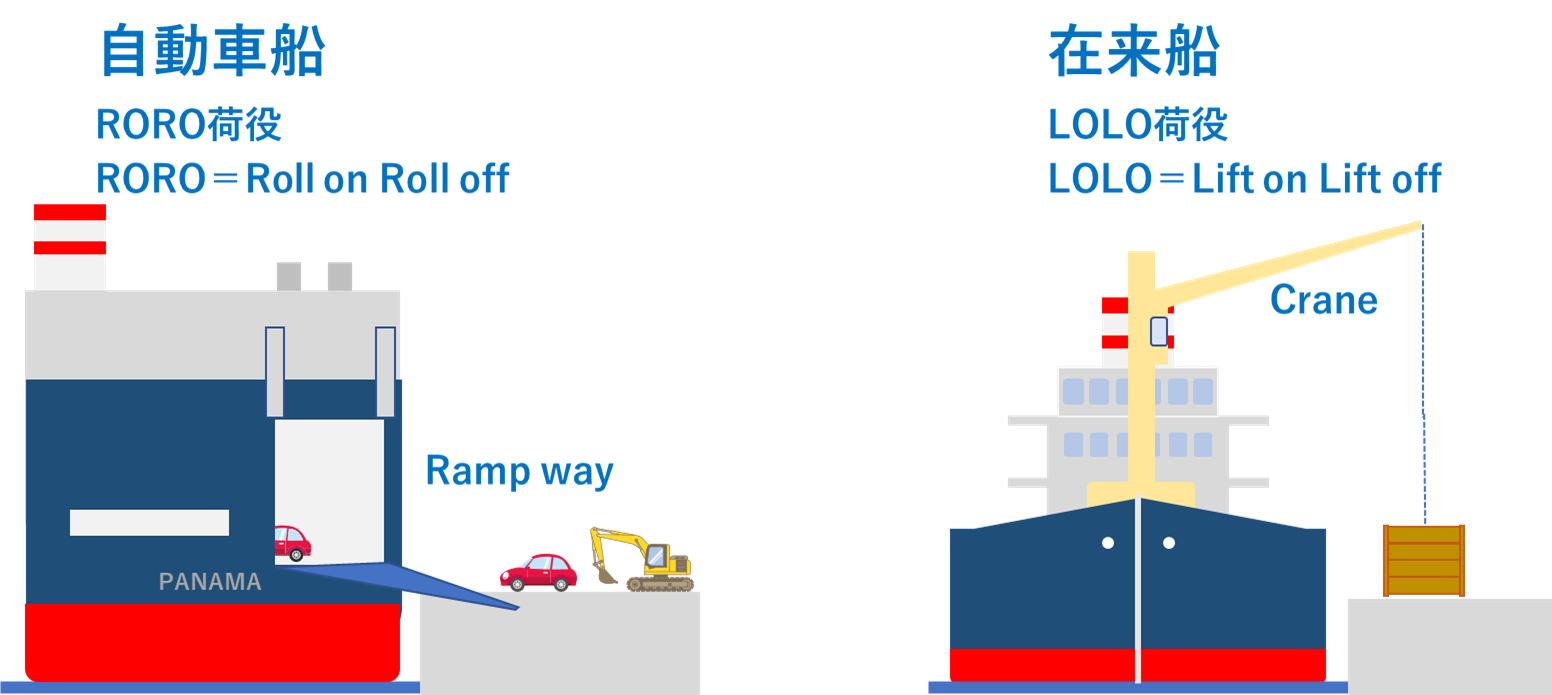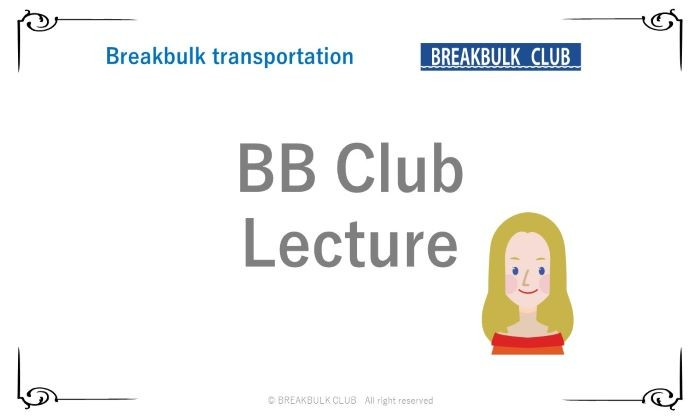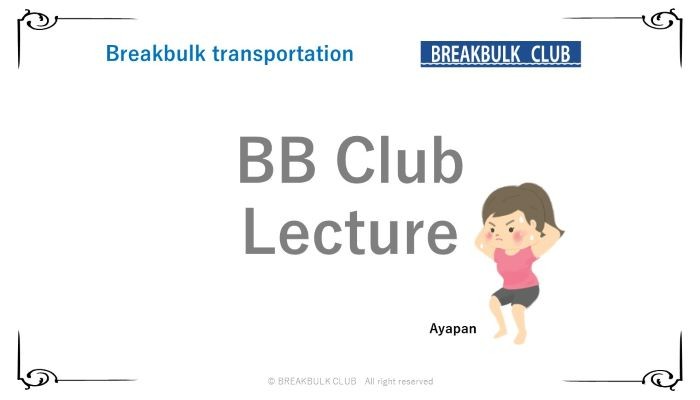Loading and unloading method of Breakbulk transportation.
First of all, the work of loading and unloading cargo on a ship is called cargo handling.
Generally, car carriers and conventional ships are used for break bulk transportation. A car carrier is equipped with a cargo handling device called a rampway, and the method of loading and unloading cargo using the rampway is called RORO cargo handling. RORO is an abbreviation of Roll on Roll off.
A conventional ship is equipped with a cargo handling device called a crane, and the method of lifting cargo using the crane is called LOLO cargo handling. LOLO is an abbreviation of Lift on Lift off.

By the way, who will pay the cargo handling costs? It may or may not be included in ocean freight. In practice, we use the following special terms to clarify who pays the costs.
1) When the loading and unloading costs are included in the ocean freight, we will use "Liner in Liner out" or "LILO". They are also sometimes used "Full Liner Terms".
2) When only the loading cost are included in the ocean freight, we will use "Liner in Free out" or abbreviated as "LIFO".
3) When only unloading cost are included in the ocean freight, we will use "Free in Liner out" or abbreviated as "FILO".
4) When loading and unloading costs are not included in the ocean freight, we will use "Free in Free out or abbreviated as "FIFO" or "FIO".
For example, if the ocean freight is $80/rton and the ocean freight is included the loading and unloading costs, we will write $80/rton based on LILO. (Rton is "revenue ton" and It means to use a greater figuer the volume (M3) or the weight (Weight) of the cargo when calculate the ocean freight.




Login to comment
サインイン